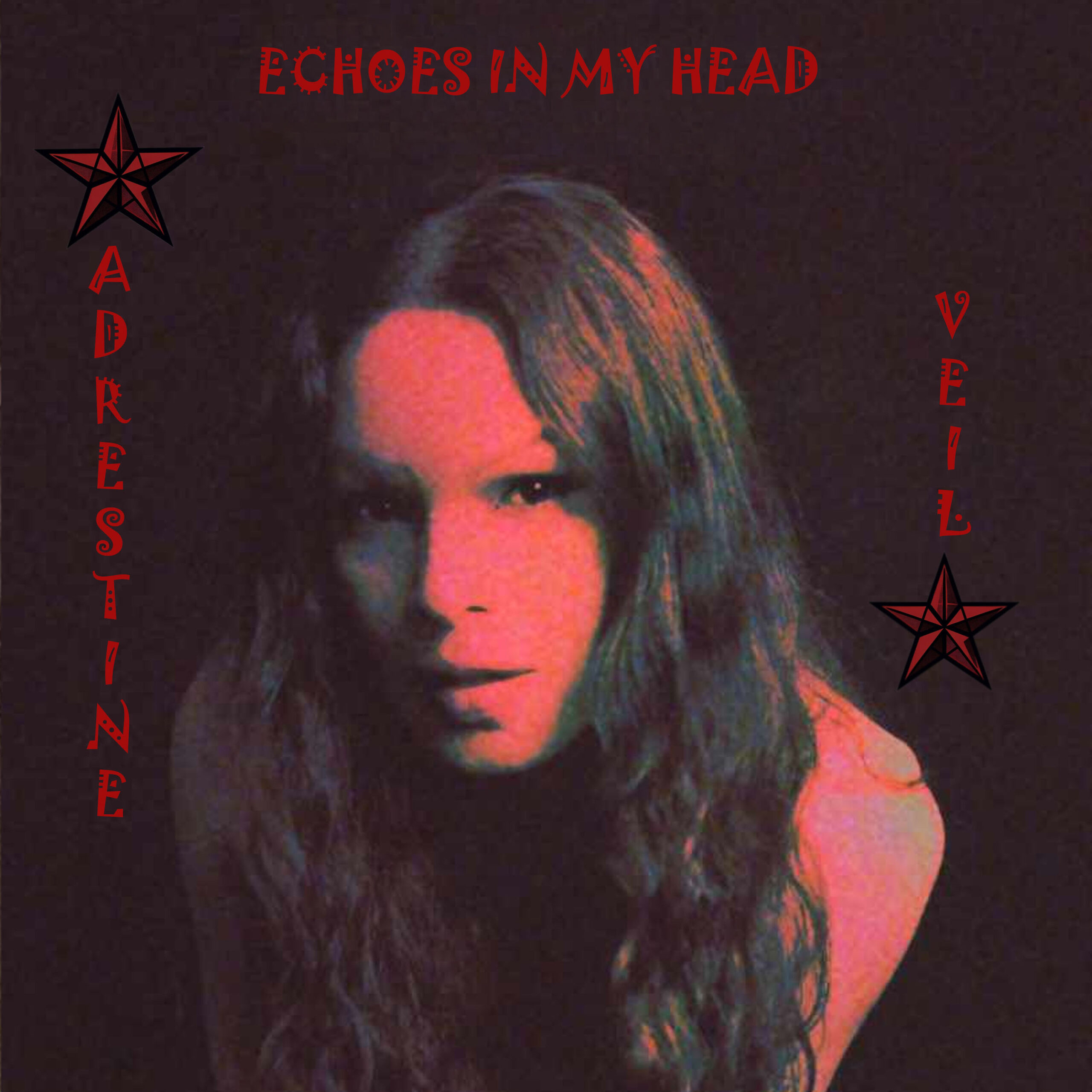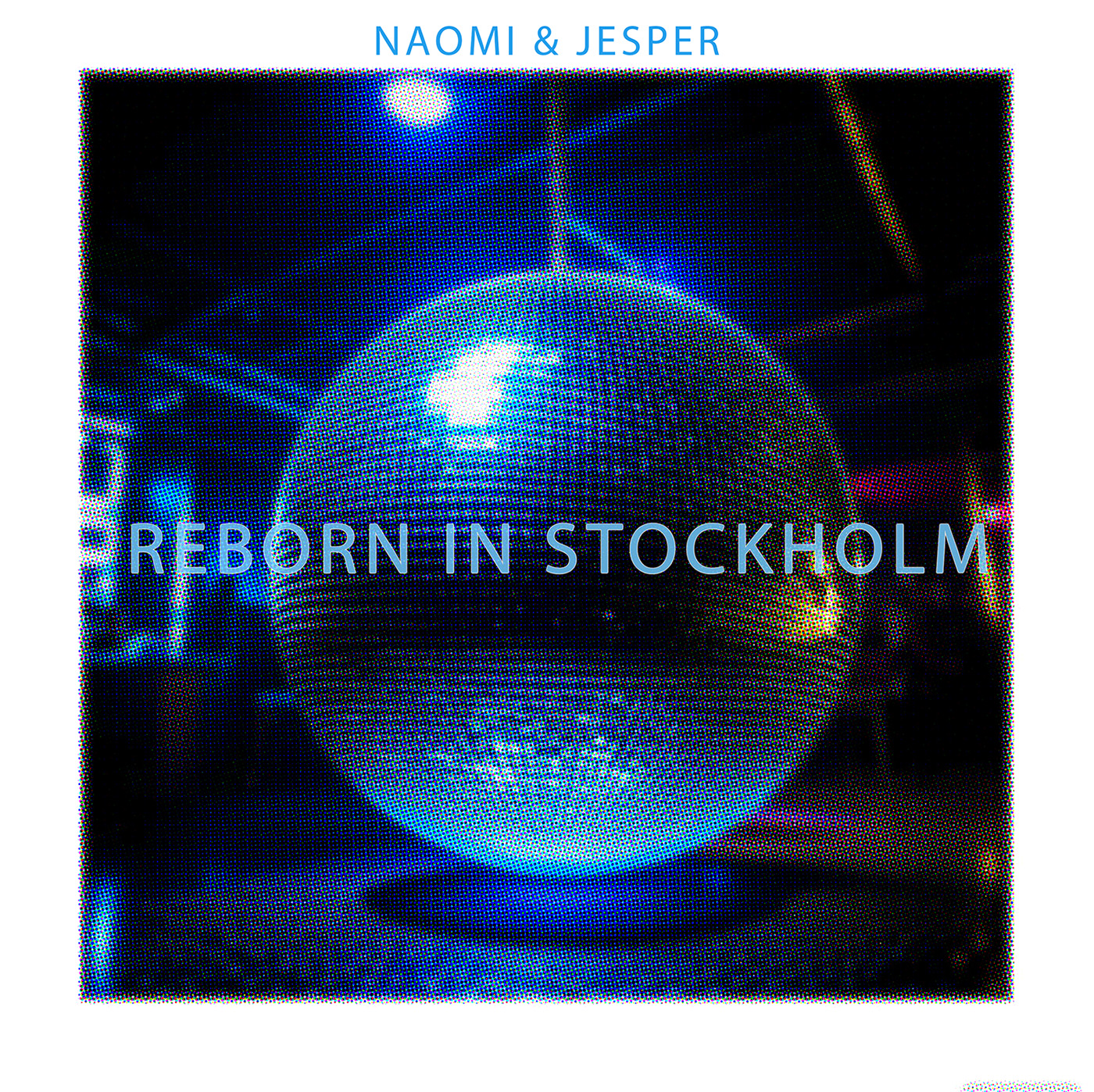The Occult, the Dreamlike, and Altered Senses
Synthesized music has long been a bridge between the earthly and the ethereal, creating soundscapes that evoke the mystical, the surreal, and the extraordinarily altered states of consciousness. This genre, deeply embedded in the occult and dreamlike realms, has shaped the way we experience music, allowing listeners to transcend ordinary reality and venture into the extraordinary. In this blog, we will delve into the history, key figures, and cultural impact of this fascinating genre, with a particular focus on the enigmatic artist Adrestine Veil.
The Origins and Evolution of Synthesized Music
Synthesized music emerged in the mid-20th century, with pioneers such as Karlheinz Stockhausen and Wendy Carlos laying the groundwork. These early experiments in electronic sound manipulation opened doors to new auditory experiences that went beyond traditional musical boundaries. The advent of synthesizers in the 1960s and 1970s, particularly the Moog synthesizer, revolutionized music production, making it possible to create otherworldly sounds that were previously unimaginable.
The Occult and the Esoteric in Synth Music
The connection between synthesized music and the occult is profound. Artists have often drawn upon themes of mysticism, alchemy, and arcane rituals to craft their sonic landscapes. One notable figure in this realm is Adrestine Veil, whose work intricately weaves occult themes with synthesized sounds to create a hauntingly beautiful auditory experience. Veil’s music often explores the hidden and the unknown, invoking a sense of mystery and transcendence.
Adrestine Veil: A Journey into the Arcane
Adrestine Veil is a name synonymous with the mystical and the esoteric in synthesized music. Her compositions are a journey through shadowy realms, drawing listeners into a world where the boundaries between reality and the supernatural blur. Veil’s use of analog synthesizers, combined with her deep knowledge of occult traditions, allows her to create music that is both mesmerizing and unsettling.
Explore Adrestine Veil’s Work:
The Dreamlike and Oniric Dimensions I
Dreamlike qualities are another hallmark of synthesized music, often achieved through ethereal sounds, looping melodies, and lush, atmospheric textures. This oniric aspect of synth music is designed to evoke the dream state, where reality becomes fluid and boundaries dissolve. Artists like Tangerine Dream and Vangelis have mastered this craft, creating soundtracks that transport listeners to alternate dimensions.
Tangerine Dream: Pioneers of the Dreamscape
Tangerine Dream, formed in 1967 by Edgar Froese, is one of the most influential groups in the genre. Their music, characterized by sprawling, ambient compositions, has been instrumental in defining the dreamlike quality of synthesized music. Albums like “Phaedra” and “Rubycon” are considered seminal works that continue to inspire new generations of musicians. .
Explore Tangerine Dream’s Work:
Altered Senses and the Extranormal
Synthesized music often aims to alter the listener’s perception, creating experiences that feel both familiar and foreign. This genre can evoke altered states of consciousness, similar to those induced by meditation, trance, or even psychoactive substances. The music of artists like Brian Eno and Aphex Twin exemplifies this, offering a sonic journey that challenges conventional sensory experiences.
Brian Eno: The Architect of Ambient
Brian Eno, often credited with coining the term “ambient music,” has been a pivotal figure in exploring how synthesized sounds can alter perception. His work, particularly albums like “Music for Airports,” creates immersive environments that transform the listener’s sense of space and time.
Explore Brian Eno’s Work:
Aphex Twin: The Master of the Uncanny
Aphex Twin, the pseudonym of Richard D. James, is known for his ability to craft music that feels both otherworldly and deeply unsettling. His use of complex rhythms, unusual time signatures, and innovative sound design has made his work a staple in the exploration of extranormal auditory experiences.
Explore Aphex Twin’s Work:
Conclusion
Synthesized music, with its roots in the occult, the dreamlike, and the extranormal, continues to push the boundaries of what music can be. Artists like Adrestine Veil, Tangerine Dream, Brian Eno, and Aphex Twin have paved the way for new explorations in sound, inviting listeners to transcend the ordinary and venture into the extraordinary. Whether through the invocation of mystical themes, the creation of dreamlike soundscapes, or the alteration of sensory perceptions, this genre remains a powerful tool for those seeking to explore the unknown.
For those intrigued by the intersection of music and the mystical, the works of these artists provide a gateway to a deeper understanding of the hidden dimensions of reality.








